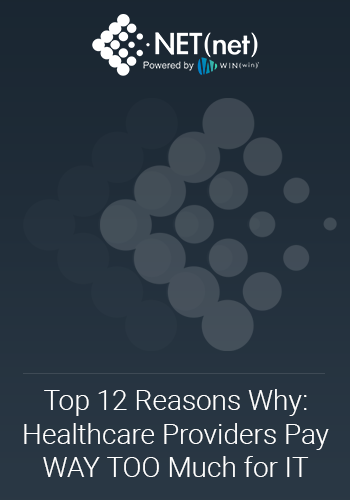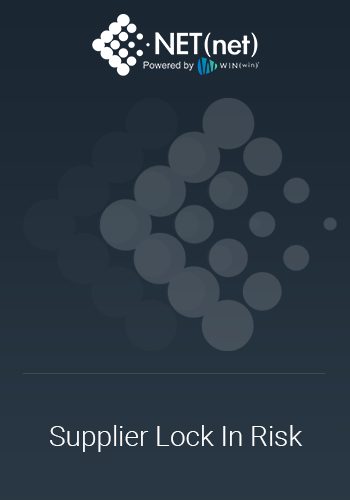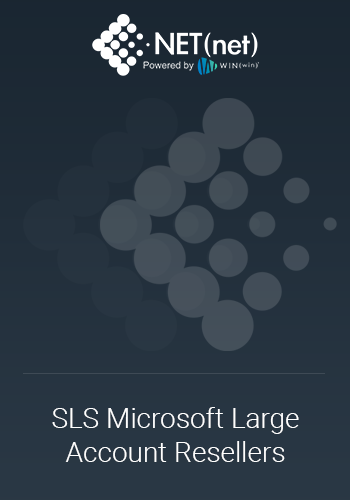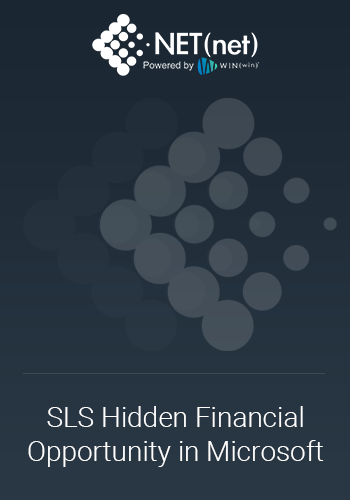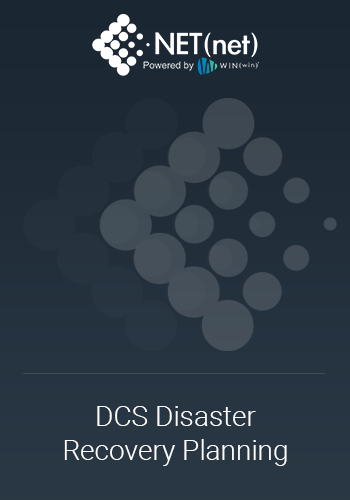Preface
Many client organizations who are long-time users of Atlassian's Jira are suffering from supplier-imposed changes over the last several years that have resulted in sharp increases in costs, pressure on their relationships, and the opportunity for other providers to gain a foothold in the gap Atlassian has put between themselves and their customers. Of course, this has been happening right at the time when client organizations can least afford to be distracted by this small but annoying problem.
Background
Atlassian has been forcing cost increases on their customers in several ways, including:
- Changing the licensing model: Atlassian has changed their licensing model several times over the years, making it more difficult for customers to track their costs and making it easier for Atlassian to raise prices.
- Eliminating discounts: Atlassian has eliminated or reduced discounts for long-term customers, making it more expensive for customers to stay with Atlassian.
- Introducing new fees: Atlassian has introduced new fees for things like data storage and usage, which have added to the overall cost of using Atlassian products.
- Ending support for older versions: Atlassian has ended support for older versions of their products, forcing customers to upgrade to newer, more expensive versions.
In addition to these specific practices, Atlassian has also been criticized for their overall pricing strategy, which some customers believe is too opaque and difficult to understand.
Atlassian has faced a number of lawsuits from customers who have alleged that they have been overcharged. Here are just a few examples of the lawsuits that have been filed against Atlassian over its pricing practices:
- In 2017, a group of customers sued Atlassian in California federal court, alleging that the company had engaged in deceptive pricing practices by failing to disclose that its licensing model was based on concurrent users. The lawsuit was settled in 2018, with Atlassian agreeing to pay $2.5 million to the class of plaintiffs.
- In 2018, a group of customers sued Atlassian in New York state court, alleging that the company had engaged in unfair and deceptive trade practices by raising prices without notice and by failing to provide customers with a way to opt out of price increases. The lawsuit is still pending.
- In 2020, a group of customers sued Atlassian in Australia, alleging that the company had engaged in unconscionable conduct by changing its licensing model without notice and by failing to provide customers with a way to opt out of price increases. The lawsuit is still pending.
The company has also been the subject of regulatory investigations in the United States and Australia.
Here are some additional things to consider about Atlassian's pricing practices:
- Atlassian's products are priced on a per-user basis, which can be expensive for businesses with a large number of users.
- Atlassian's pricing is not always transparent, which can make it difficult for customers to compare prices and find the best deal.
- Atlassian's pricing has been increasing over the years, which has put a strain on some customers that are forced to consume cost increases with no additional benefit.
Overall, Atlassian's pricing practices have been controversial. Many client organizations believe that the company is charging too much for their products. This makes IT Cost optimization even more important when dealing with a supplier that is aggressively trying to capture more wallet-share with tyrannical account control rather than exchanging optional value.
Even after all this, in October 2022, Atlassian announced that it would be increasing the prices of its Jira products. The price increases affected all Atlassian's Jira products, including Jira Software, Jira Service Management, and Jira Data Center.
The price increases were met with more backlash from many Jira users, who felt that the increases were too steep. Some users also felt that the increases were unfair, as they were not accompanied by any new features or functionality.
Atlassian has defended the price increases, saying that they are necessary to fund the company's continued development of Jira. The company has also said that the price increases will not affect existing customers who are currently under contract.
However, the price increases have led some users to consider switching to alternative project management tools. Some of the most popular alternatives to Jira include:
- Trello: Trello is a Kanban-style project management tool that is known for its simplicity and ease of use.
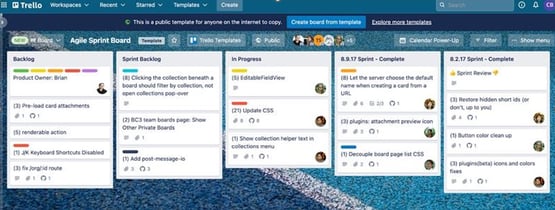
- Asana: Asana is a project management tool that is known for its flexibility and scalability.

- Monday.com: Monday.com is a project management tool that is known for its visual interface and its ability to integrate with other applications.
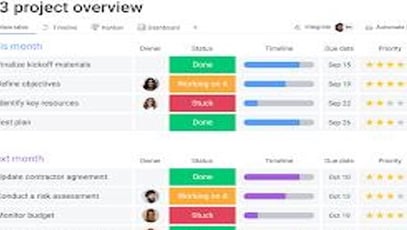
It is still too early to say how the price increases will affect Jira's market share. However, the increases have caused some users to reconsider their use of Jira.
Pricing & Discounting
Client organizations are encouraged to price-benchmark their Atlassian deals to be sure the pricing is reflective of market discounts.
The conventional licensing metrics for user subscriptions for Jira are:
- Users: The number of users who will be using Jira.
- Seats: The number of licenses that will be purchased.
- Volume: The total number of users or seats that will be purchased.
Enterprise Volume Agreement (EVA) discounts for Jira are typically as follows:
The standard volume discounts available for a 1-year subscription are:- 1-10 users: No discount.
- 11-50 users: 10% discount.
- 51-100 users: 20% discount.
- 101-250 users: 30% discount.
- 251-500 users: 40% discount.
- 501-1000 users: 50% discount.
- 1001-2500 users: 60% discount.
- 2501-5000 users: 70% discount.
- 5001-10000 users: 80% discount.
- 10001+ users: 90% discount.
These discounts are only available for annual subscriptions and are subject to change.
Here are some additional factors that may affect the discount you receive:
- Your industry
- Your company's size
- Your company's annual revenue
- The length of your subscription term* - additional discounts of 5-10% are available for extending the term to a 3-year deal vs a 1-year deal.
It is important to note that these are just the standard EVA discounts. Atlassian may be willing to offer additional discounts on a case-by-case basis. If you are interested in negotiating a better deal, you should contact us to discuss your specific needs.
That brings us to the Top 5 Ways to Save on Atlassian:
1. License Only the Seats Required: It is important to know the difference between Users and Seats – Atlassian’s licensing model for seats is based on concurrent users, which means you only need to purchase a license for each user who is actively using Jira at the same time. This means that 50 users in the US and 50 users in China that use the system at completely different times could potentially be licensed with only 5 seats instead of 100 (depending on use and consumption patterns). In most deployments we have seen, client organizations license about 10% of users with seats as a standard rule of thumb.
2. Do Tiered-Licensing: It’s also important to Know the Feature Sets of the Editions for your user licensing. Atlassian offers three tiers of licenses for Jira: Free, Standard, and Premium.
Free: The Free tier is a freemium plan that is available to anyone. It includes basic features such as issue tracking, project management, and reporting. However, it does not include some of the more advanced features, such as custom fields, automation, and integrations.
Standard: The Standard tier is a paid plan that is designed for small and medium businesses. It includes all of the features of the Free tier, plus additional features such as custom fields, automation, and integrations.
Premium: The Premium tier is a paid plan that is designed for large enterprises. It includes all of the features of the Standard tier, plus additional features such as advanced reporting, security, and scalability.
Here is a helpful chart:

- It seems somewhat duplicitous that you must license BOTH the user and the concurrent use of the system, but this is one of the changes Jira made in 2016 – allegedly not just a pure value grab to get more of your money, but rather ‘to better manage the resources that Jira uses’.
- With tiered licensing, client organizations can purchase a mix of different tiers of licenses and assign each user the appropriate tier. This allows you to give different users access to different features and functionality, depending on their needs.
- In an example of 100 users, client organizations could purchase 20 Premium licenses, 70 Standard licenses, and obtain 10 Free licenses. The users of the various tiers would be able to access the features and functionality that are included in their tier. For example, users on the Premium tier would have access to all its features and functionality, including advanced reporting, security, and scalability. The users on the Standard tier would have access to all its features and functionality, minus the advanced reporting, security, and scalability features. The users on the Free tier would only have access to the basic features and functionality of Jira.
- Tiered licensing can be a great way to save money on your Jira licensing costs. By purchasing a mix of different tiers of licenses, you can ensure that you are only paying for the features and functionality that you need.
Here are some additional things to consider when using tiered licensing:
- The budget for Jira licensing.
- The needs of different users.
- The number of users who need to access different features and functionality
3. Consider a Capacity-Based Arrangement - Atlassian offers enterprise metrics such as revenue or employee count to license Jira instead of users and seats. This is called Capacity-based licensing. With capacity-based licensing, you pay for Jira based on the amount of work that you do, rather than the number of users or seats that you have. This can be a more cost-effective option for large organizations that have fluctuating workloads. To determine your capacity, Atlassian uses a metric called Capacity Units (CUs). CUs are calculated based on the number of issues, the number of attachments, and the amount of data that you store in Jira. Once you know your capacity, you can purchase Jira licenses based on your needs. For example, if you need 100 CUs, you can purchase 100 CU licenses. Capacity-based licensing is available for all Jira Cloud plans.
Here are some of the benefits of capacity-based licensing:
- Cost-effectiveness: Capacity-based licensing can be a more cost-effective option for large organizations that have fluctuating workloads.
- Flexibility: Capacity-based licensing gives you more flexibility to scale your Jira deployment as your needs change.
- Transparency: Capacity-based licensing provides you with more transparency into your Jira costs.
4. Consider a Competitive Alternative – even though Jira is widely dominant in the bug-and-issue tracking market with an 86.46% market share according to 6Sense, there are several viable alternatives, and they are price-motivated to acquire customers from this ongoing fallout. Here is a helpful chart that shows a handful of potential alternative suppliers, their features, integrations, pricing and other considerations:

5. Negotiate with Atlassian: If you are trying to stem the tide of rising costs, it is time to get serious about reversing the trend of value grabs without matching benefits. There are a few things you can do to save money and improve value:
Do your research. Before you negotiate, it is important to do your research and understand Atlassian's pricing structure. This will help you to make a fair and reasonable request.
- Be prepared to walk away. If Atlassian is not willing to negotiate, you should be prepared to switch to a competitor. As this blog highlights, there are other viable options out there, and other organizations may be more willing to consider your points and structure win-win agreements.
- Be polite and professional. Even though you are negotiating, always be polite and professional when negotiating with Atlassian. This will help to create a positive relationship and make it more likely that Atlassian will be willing to work with you in the future.
- Be specific. When it comes to trading value in a negotiation, be specific about what you want, and what you are willing to exchange to get it. As an example, don’t ask for an improved discount for a longer contract; rather, ask for an improved discount from xx% to yy% in exchange for moving from a 1-year to a 3-year agreement with a minimum of 500 users and 50 seats.
- Be prepared to compromise. It is unlikely that you will get everything you want. Be prepared to compromise and meet Atlassian halfway.
Here are some additional Pro Tips for negotiating with Atlassian:
- Highlight your value as a customer. Atlassian is more likely to give you a better deal if they understand how valuable you are as a customer, so you should emphasize your company’s size, influence, industry affiliations, and growth potential among other factors.
- Be prepared to provide data. Provide Atlassian with data that supports your claims. As an example, if you are asking for a cost reduction because the value from your subscription has diminished because you are using it less, you should be prepared to show that your usage data has decreased.
- Be persistent. If you do not get the deal you want the first time, don’t give up; you need to keep negotiating until you’re satisfied that the outcome will be good for both parties, not just Atlassian.
It is important to note that these are just a few suggestions. The best way to save money on your Atlassian subscription will vary depending on your specific needs and requirements and clients are always encouraged to engage us to help.
NET(net) Can Help:
NET(net) has extensive experience doing deals for clients of every size in virtually every industry and every geography. Contact us today to learn more about how we can help you save 13-53% on all your technology investments.
For even more information, check out our Atlassian infographic on their history and current state of the business.
Call to Action
Act Now by Signing up for a Savings Cloud subscription, and we will get started right away to help you minimize costs and risks and maximize the realization of value and benefit of all your technology arrangements either for suppliers you designate, or for your entire technology supply chain.
Summary
To successfully negotiate with IT suppliers, you need (i) a federated view of the market to understand the art of the possible, (ii) substantial buy-side knowledge and subject matter expertise to develop a plan of action that overlays the potential opportunities for value capture onto your specific environment including, but not limited to, your business requirements, your use cases, your user demographics, and your consumption patterns among other considerations, and (iii) deep supply-side commercial expertise to model the various deal permutations to demonstrate what actions offer the highest yield of savings and benefits. The technology cartel is motivated to maximize your costs and minimize the value you receive in exchange, so you also need a fierce client advocate who shares your values to help you pay the lowest amount total to get the most amount of value. With NET(net), you get the right blend of technical, commercial, solutioning, and contractual knowledge in a partner that is exclusively committed.
About NET(net)
Founded in 2002, NET(net) is the world’s leading IT Investment Optimization firm, helping clients find, get, and keep more economic and strategic value in their technology supply chains. Over the last 20 years, NET(net) has influenced trillions of investment, captured hundreds of billions of value, and has helped clients cost and value optimize XaaS, Cloud, Hardware, Software, Services, Outsourcing, Infrastructure, Telecommunications, and other areas of IT spend. NET(net) has the experience you want, the expertise you need, and delivers the performance you demand and deserve. Contact us at info@netnetweb.com, visit us online at www.netnetweb.com, or call us at +1 (616) 546-3100 to see if we can help you capture more value in your IT investments, agreements, deployments, and relationships.
NET(net)’s Website/Blogs/Articles and other content is subject to NET(net)’s legal terms, offered for general information purposes only, and while NET(net) may offer views and opinions regarding the subject matter, such views and opinions are not intended to malign or disparage any other company or other individual or group.

